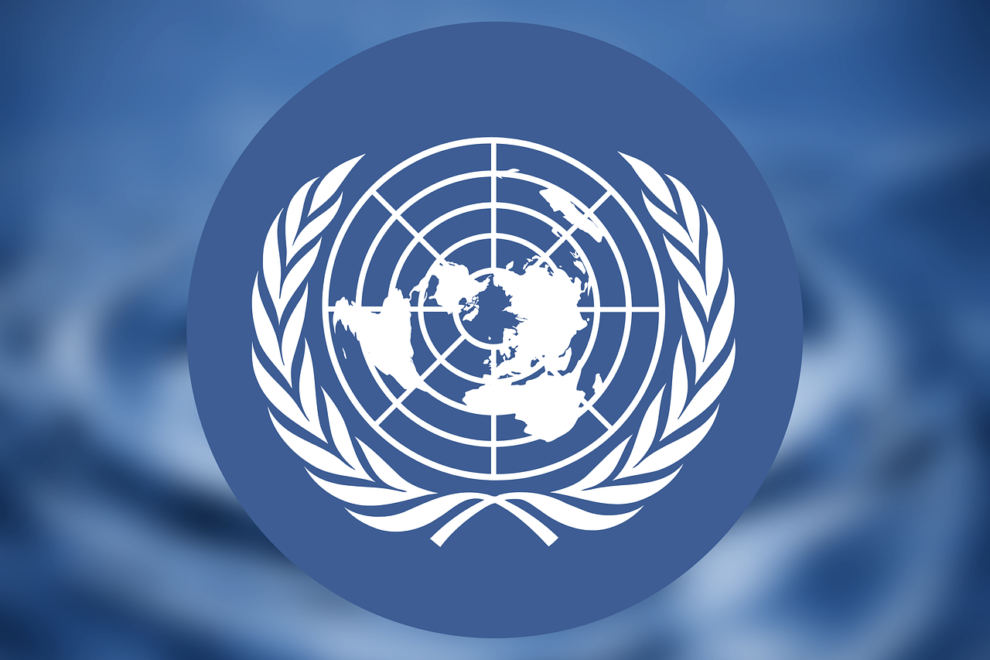Methane concentrations in the atmosphere made their biggest-ever registered increase in 2021, as all three main greenhouse gases extended their record high levels, the United Nations said Wednesday.
The UN’s World Meteorological Organization (WMO) said levels of climate-warming carbon dioxide, methane and nitrous oxide all reached new records last year.
Methane — which remains in the atmosphere for only about 10 years, but has a much more powerful warming impact than CO2 — had its biggest year-on-year jump in concentrations since systematic measurements began nearly 40 years ago.
The WMO said the “reason for this exceptional increase is not clear, but seems to be a result of both biological and human-induced processes”.
The figures, released in the UN weather agency’s Greenhouse Gas Bulletin, underlined “the enormous challenge — and the vital necessity — of urgent action to cut greenhouse gas emissions and prevent global temperatures rising even further in the future”, said WMO chief Petteri Taalas.
“The continuing rise in concentrations of the main heat-trapping gases, including the record acceleration in methane levels, shows that we are heading in the wrong direction.”
The bulletin comes shortly ahead of COP27, the UN climate change conference, being held in the Egyptian resort of Sharm el-Sheikh from November 7-18.
Methane has been a hot topic of late, with leaks from the Nord Stream gas pipelines thought to have released some 70,000 tonnes, and farmers protesting in New Zealand against plans to tax greenhouse emissions from farm animals.
And NASA scientists, using a tool designed to study how dust affects climate, announced Tuesday they have so far identified more than 50 spots around the world emitting major levels of methane.
Most are connected to the fossil-fuel, waste or agriculture sectors.
Atmospheric methane is the second largest contributor to climate change. Since 2007, globally-averaged atmospheric methane concentrations have been increasing at an accelerating rate, the WMO said.
The annual increases in 2020 and 2021 — 15 and 18 parts per billion (ppb)respectively — are the largest since systematic records began in 1983, the agency said.
“There are cost-effective strategies available to tackle methane emissions, especially from the fossil fuel sector, and we should implement these without delay,” said Taalas.
The causes of last year’s methane rise are still being investigated, but analysis indicates that the largest contribution to the increase since 2007 comes from sources such as wetlands or rice paddies.
The record rises in 2020 and 2021 could represent a climate feedback loop: warmer temperatures leading to organic material decomposing faster, “thus, if tropical wetlands become wetter and warmer, more emissions are possible”.
The dramatic increase might also be due to natural variability: 2020 and 2021 saw La Nina weather events, which are associated with increased rainfall in tropical regions.
Taalas nonetheless stressed that the chief enemy in the battle against greenhouse gases remained CO2.
“As the top and most urgent priority, we have to slash carbon dioxide emissions, which are the main driver of climate change and associated extreme weather, and which will affect the climate for thousands of years through polar ice loss, ocean warming and sea level rise,” he said.
Carbon dioxide concentrations in 2021 were 415.7 parts per million, methane at 1,908 ppb and nitrous oxide at 334.5 ppb.
These values constitute, respectively, 149 percent, 262 percent and 124 percent of the pre-industrial levels.
Global CO2 emissions have rebounded since the Covid-19-related lockdowns in 2020, the bulletin said.
Of the total emissions from human activities during the 2011–2020 period, about 48 percent accumulated in the atmosphere, 26 percent in the ocean and 29 percent on land.
“There is concern that the ability of land ecosystems and oceans to act as ‘sinks’ may become less effective in the future, thus reducing their ability to absorb CO2 and act as a buffer against larger temperature increase,” the WMO said.
“In some parts of the world, the transition of the land sink into CO2 source is already happening.”
